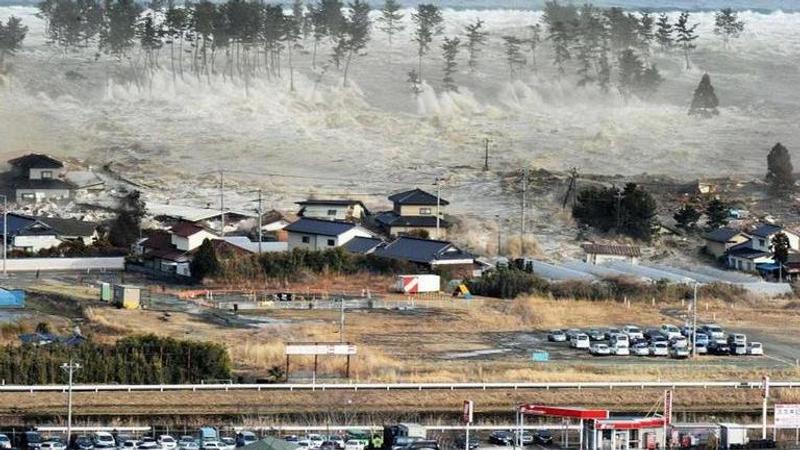Published 17:13 IST, December 26th 2021
2004 Tsunami: 17 years on, here's how India has bettered its preparation against disasters
On December 26, 2004, India became one of the dozen countries which were hit by the gigantic Tsunami wave. The disaster left hundreds of people dead and missing

On December 26, 2004, India became one of the dozen countries which were hit by the gigantic Tsunami wave. The marine disaster not only left hundreds of people dead and missing but also whiplashed the country’s economy by annihilating properties and residences across multiple regions located along the rim of the Indian ocean. 17 years on, the country has not only fastened its response and prediction, bolstered its drills but is also better prepared to rescue and safeguard lives.
What happened in 2004?
At 7:59 am local time on December 26, an undersea earthquake of 9.1 magnitudes struck off the coast of Indonesia’s Sumatra. The quake triggered a Tsunami-a series of strong ocean waves-which then started traversing through the Indian Ocean. Over the next seven hours, it wreaked havoc across a dozen countries and reached as far as East Africa. Notably, India was not the only country that witnessed major obliteration, several other countries located on the rim of the Indian Ocean encompassing Sri Lanka, Thailand, Maldives, Indonesia also suffered major losses.
How much did the Tsunami cost?
The waves, which were reported to be as high as 30 feet as they hit the coastline in certain regions, incurred massive damages- both monetarily and in terms of human lives. A report by Britannica stated that the marine disaster killed nearly 230,000 people across 14 countries that it hit and left hundreds of people missing. In India, the islands of Andaman and Nicobar were the most affected region with Tamil Nadu, Andhra Pradesh, and Kerala being greatly destructed. The marine disaster also caused an estimated loss of over US$19.9 million.
How is India prepared?
In the aftermath of the disaster, scientists in India have made research-based modifications in their response to Tsunami and similar disasters, making their prediction more accurate and swift. In addendum, the frequency of mock drills and training exercises at the Indian Tsunami Early Warning Centre (ITEWC) located at the Indian National Centre for Ocean Information Sciences and elsewhere have also seen a dramatic increase.
Speaking exclusively to Republic Media Network, SI Aanand Chhetri from Andhra Pradesh State Disaster Management Authority (APSDMA) said that the combat and rescue forces get everyday updates from IMD and have a Whatsapp Group where they are continuously updated about any possible disaster- both man-made and natural.
"In case of any disaster, out priority is to rescue people, then comes clearing blocked roads and aid trapped residents. Over the years, our training and subsequently response to disasters has bettered manifold," he said.
"Every state has Emergency Operation Centres (EOC) which provides immediate help to residents in case of any disasters. These centres conduct regular mock drills to enhance coordination and response. In addendum to natural disasters, training to counter man-made disasters have also increased. For instance, we are efficiently trained on which parts to cut and enter a collapsed building or a collided train. There are specialised advanced courses as well," SI Chattri added.
(Image: AP)
Updated 17:14 IST, December 26th 2021




